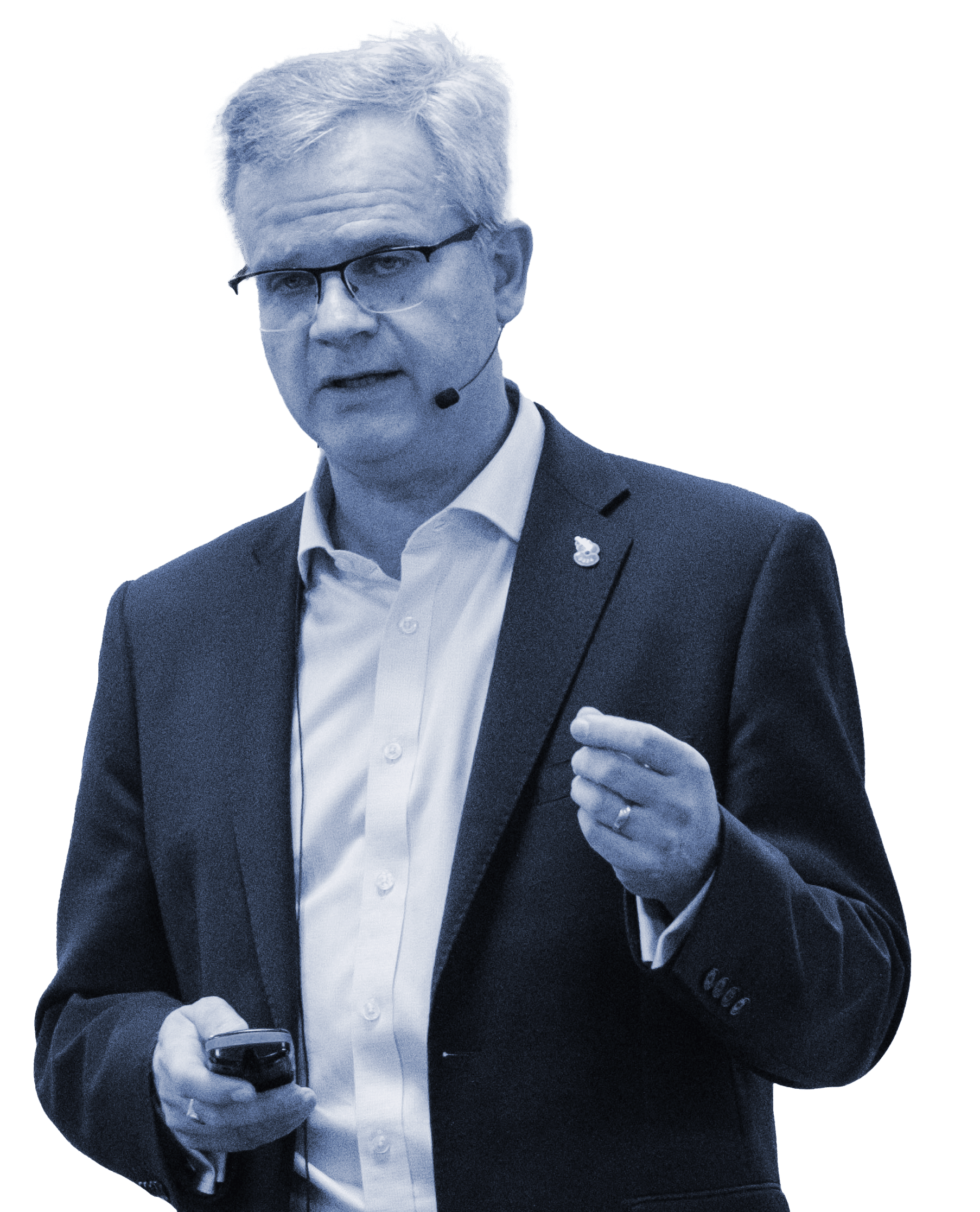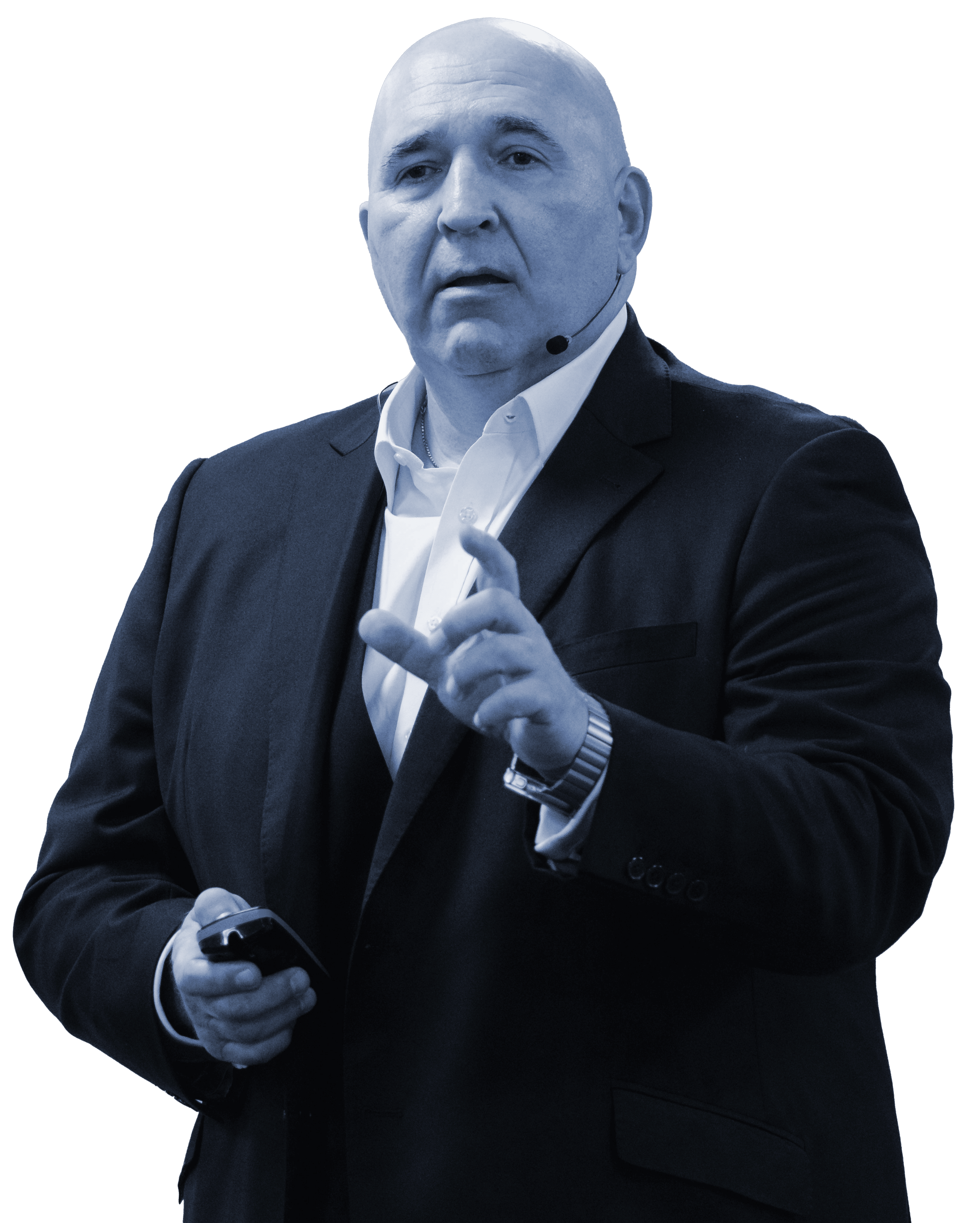UNLOCKING THE
FUTURE OF LIFE INSURANCE
As life transforms, so too must life insurance. And like never before there is a raft of new challenges and opportunities facing the industry. Technology is unlocking enormous opportunities for insurers to help their customers lead longer, healthier, and more financially secure lives. But at the same time insurers must contend with demographic changes, increasing customer expectations, and ill-health in the working age population. It’s fair to say that there’s never been as exciting a time to work in life insurance as today.
Take long-term ill-health among the working age population as an example. Here the insurance industry is stepping forward with innovative solutions to help employees lead healthier lives.

These statistics are bad news for the individuals and their families, for business, which must carrying the economic and human burden of the missing employees, and for society, with disability benefits increasingly weighing on public finances2. It’s also exactly the kind of systemic risk that insurers can help manage.
‘In claims, for example, rather than making people wait for a payment while we send out assessors and gather information, we can use Big Data to see there’s been a tragic flood event and just send the money straight away.’

According to Mark Till, CEO of employee benefits provider Unum UK, companies that invest in the health and wellbeing of their employees will see tangible rewards.

Someone who defines themselves as happy will take nine fewer sick days a year and 80 per cent of workers say they are more productive when they are happy and healthy. For a company of 500 people, that’s 4,500 days extra work per year and if those employees are also 10 per cent more productive then that’s the equivalent of 50 more people.
MARK TILL
CHIEF EXECUTIVE OFFICER,UNUM UK
One study found that a clear majority (58 per cent) of employees — equivalent to more than 16 million people — believe that improvements in the health and wellbeing services their employer provides would lead to less time off and/or increase their productivity.3
Yet fewer than half of UK workers have access to occupational health services, which means they are reliant on an increasingly stretched NHS or must self-fund private treatment. According to research by HSBC Life, it can take 19 days to get a GP appointment, 50 weeks to access suitable mental health help and 45 days to access physiotherapy. Going private to shortcut these wait times is not an option for most families.
This is where the life industry can add real and meaningful value to individuals, and wider society, said Mark Hussein, CEO of HSBC Life, which has expanded the value-added benefits that come with its life policies to include access to an online GP, online physio, mental health counselling, second medical opinion and an annual health MOT via blood tests.He pointed out that while technology is doing amazing things to democratise health services – HSBC’s Health Scan+ for example uses the mobile phone camera to assess someone’s general health through a facial scan powered by an AI tool – innovation can also mean rethinking and reframing policies to better meet customer needs.

Innovation isn’t just about technology but about creating a more meaningful and inclusive environment.
MARK HUSSEIN
CHIEF EXECUTIVE OFFICER,HSBC LIFE

Often this means responding to the very real needs among the customer base. The huge rise in mental health issues among young people weighs heavily on families, for example, which is why HSBC Life expanded its policy cover to include mental health support for dependent children aged 16-23. According to Hussein, this a customer-centric decision saw registrations to the HSBC health app surge 125 per cent.
This pent-up demand for access to health care and rehabilitation services is a real opportunity for insurers to engage and connect with customers, including hard-to-reach and under-insured younger demographics.
‘For the minimum sum insured to cover funeral costs, a life policy for a young person will cost about £5-£10 a month but as part of that you get all these added value benefits, which makes it by far the cheapest way to access private health services,’ said Hussein.
It’s one way the life and protection industry is meeting the ESG agenda, said Rose St Louis, Protection Director at Lloyds Banking Group. ‘We’re about sustainable lives, about keeping people fit and well,’ she said, highlighting that medical advances mean more people are living longer with cancer and dementia, leaving them increasingly vulnerable at the end of life. ‘What are we doing to make sure there’s a solution for this?’ she asked.
Prevention of disease is clearly a major trend, and that’s where access to data and the deployment of powerful pattern-spotting AI tools can yield potentially life-saving insights. By 2030, Louise Colley, Protection Director at Zurich, expects to see more prevention services added to policies, with a growing convergence of health and life insurance.
There are, however, barriers to the kind of radical innovation that Open Banking and Open Finance have stimulated in other areas of financial services, with data privacy, ethics and legacy systems a major block to the creation of ‘Open Health’ ecosystems, which pulls together industry providers with NHS data tor reduce costs, fast-track treatment and improve outcomes for all.
Stay current with Insurance Innovators
Subscribe to our newsletter to receive news, insights and special offers.


